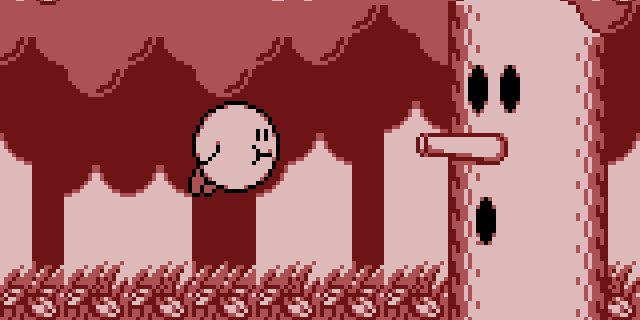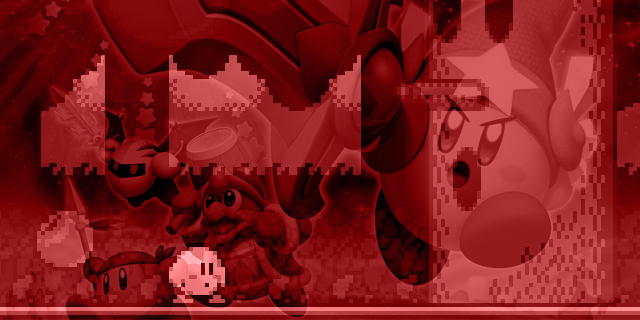
Welcome to From Pixels to Polygons, where we examine classic game franchises that have survived the long transition from the 8- or 16-bit era to the current console generation.
For over 21 years, Kirby has graced gamers with his adorable personality and accessible gameplay. With over 20 games under his belt, he boasts an impressive body of work that almost rivals Mario’s variety. While Kirby’s games do span a wide variety of genres, it’s the platformers that made this series as recognizable as it is and today, we celebrate what made us fall in love with the pink puffball in the first place.
Small beginnings, big dreams
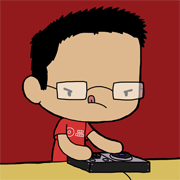
When introduced here in the U.S., we didn’t even realize that Kirby was the cute, pink little puffball we know today. While the Japanese packaging for the game showed his true colors, the Western release of Kirby’s Dream Land left him the pure white color he was on the Game Boy’s monochrome screen. The game itself only consisted of five straightforward levels. It was a relatively simple platformer that showed Kirby’s insatiable appetite, as well as his ability to inhale objects and shoot them back at enemies. The release also featured an “Extra Game” that featured stronger enemies.
Kirby’s next outing would literally be an adventure. Released as one of the last games on the NES, Kirby’s Adventure pushed the limits of the system, showing off everything it was capable of through its impressive use of parallax scrolling, developing pseudo-3D environments and boasting an impressive soundtrack. One of the defining features of this game was Kirby’s introduction of powers. Upon swallowing certain enemies, he would copy their power and be able to use those powers against various enemies. This game also introduced the typical infrastructure of most Kirby games (stages and worlds). The game was later re-released on the Game Boy Advance as Kirby: Nightmare in Dream Land with updated graphics and gameplay tweaks.
Kirby soon returned to the Game Boy in Kirby’s Dream Land 2. With his new, helpful powers in tow, Dream Land 2 introduced three animal helpers, Rick the Hamster, Coo the Owl and Kine the Fish, to aid Kirby in his adventure. While Kirby boasted great power on his own with his abilities, the animal helpers helped him conquer things in-game that he was unable to do alone. Kine’s assistance allowed him to swim against strong water currents, and Coo was able to fly against strong winds. In addition to the helpers’ individual qualities, they also helped manipulate Kirby’s powers and turn them into something different. Kine, in conjunction with Kirby’s Spark power, produced a light bulb that would not only illuminate dark rooms, but also work as a viable projectile against opponents. Dream Land 2 also boasts itself as one of the hardest Kirby games to complete. – Eric Albuen
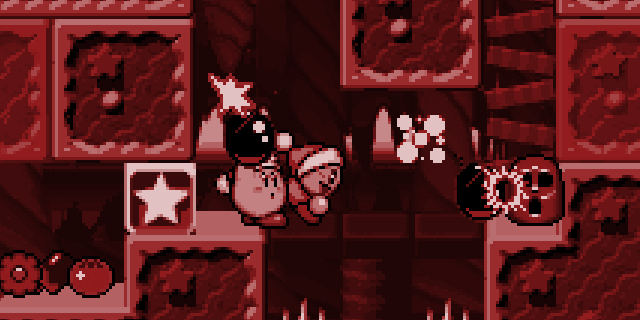
Sidekicks, crystals and the rise to stardom

It wasn’t until the 16-bit era that Kirby was really able to spread his wings (or air sac, I suppose) and become a staple of Nintendo’s grand menagerie. Arriving fashionably late for his next-gen platforming debut, as is the standard with many Kirby games, Kirby Super Star took the series into fresh new territory by delivering a collection of different spins on the standard platforming formula. It was around this time that the Kirby series cemented its place as Nintendo’s testing ground for new concepts in platformers. Every Kirby game is markedly different in its design than the last, and we saw that in full bloom here. Kirby’s Dream Land 3, even later in the system’s life and often overlooked as a result, was a bit more traditional, but its use of sidekicks would influence the design of later titles.
We saw this experimentation happen again with Kirby 64: The Crystal Shards’ 2D levels, an unexpected move in an era when Nintendo was pushing their hardest to make 3D worlds appealing to gamers. Kirby 64 did grant the series polygonal visuals, and they were often used much to the benefit of a level’s atmosphere, but the strict reliance to the 2D plane is commendable. In my opinion, it shows that Nintendo knows how to express the core elements of a series while still taking it in radically new directions. – Chris Dominowski
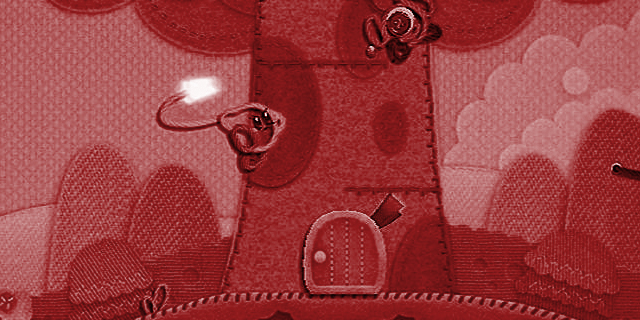
Same lovable puffball, new gameplay ideas

Even from his early days, Kirby was associated with experimentation. Those early efforts’ similarity to the core series, though? None. Any thought beyond “hey, this game has a ball… what if Kirby was that ball?” just didn’t happen. (Still, some of those games? Very, very good.)
This started to change in recent years, though, as these experimental projects started to, more and more, resemble actual platformers. The start? Kirby’s Canvas Curse. Released early in the Nintendo DS’ lifespan, it justified the new system’s control scheme and generally held up a weak lineup in the first few years. In it, you still traversed landscapes and defeated enemies, but you propelled Kirby forward using lines drawn with your stylus.
Kirby continued his strong association with fabric! Kirby’s Epic Yarn, crafted by the blossoming platforming minds at Good-Feel, went aesthetics-first, and to great effect. It was often difficult to amaze players with Wii visuals, but Epic Yarn did it: everything was sewn together, and the platforming mechanics involved collecting beads and pulling buttons and threads. In a series known for being a bit of a cakewalk at times, this game was probably the easiest, with no death and few harrowing battles.
In what was probably the spiritual successor to Canvas Curse, 2011’s Kirby Mass Attack set you off to controlling a whole crew of little puffballs with your stylus, with a formula that felt a bit like a two-dimensional Pikmin. You’d fling up to ten of the little buddies at objects to have them attack things, pick up things, get to things… you get the idea. Still, enemies and bosses were pure Kirby: only the control scheme really changed. – Graham Russell
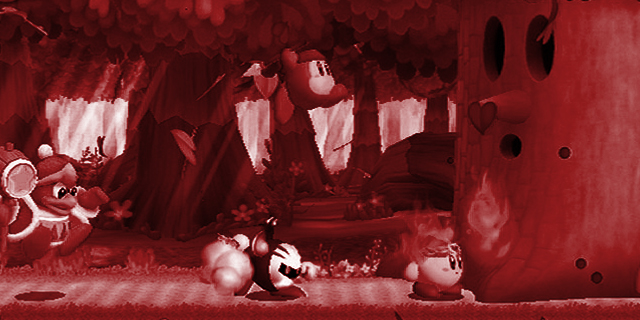
Return trips to the classic formula
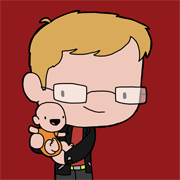
Kirby & the Amazing Mirror was, at first glance, very much a new game in the traditional Kirby format. It wasn’t Kirby’s GBA debut (Nightmare in Dream Land, a remake of Adventure, claimed that position) but it still managed to make its mark by completely altering the structure one would normally expect from the little guy. A collaboration between HAL, Dimps and Flagship, Amazing Mirror turned the world of Kirby into an elaborate maze; the game more closely resembled a Metroid or Castlevania title. It was an enormous game, but could be much more manageable via a unique multiplayer component. Players willing to brave a mess of link cables could simultaneously explore the entire map, changing exploration from a massive overtaking to a group effort. Lone gamers could also call the Kirby clones to their aid with Kirby’s goofy phone, in an odd bit of social commentary.
Incidentally, Kirby: Squeak Squad found itself in a similar situation to its spiritual predecessor. Squeak Squad followed up Canvas Curse, which put Squeak Squad in the unfortunate position of not only following up a very well-received game, but also a wholly unique, experimental one. Squeak Squad brought something new to the table in a way that one could argue serves as a counterpart to Amazing Mirror: rather than exploring possibilities for the world around Kirby, devs Flagship and Natsume looked inside Kirby himself. Literally. Squeak Squad makes excellent use of the DS touch screen by allowing players to manage the contents of Kirby’s stomach, storing items and powers, and even giving the opportunity to combine certain things together.
Return to Dream Land was a much more “safe” endeavor, striving more to bring the classic Kirby experience to the Wii than breaking any new ground. The game did feature New Super Mario Bros. Wii-style multiplayer, but with a more streamlined drop-in, drop-out approach. The different playable characters added a good sense of variety to the mechanics, but the gimmicky new “super abilities” were disappointingly limited and anti-climactic, and the game at large didn’t really bring anything new or interesting to the table. It’s certainly solid and worth playing as much as any other game in the series.
Also worth mentioning is Kirby’s Dream Collection, which included all of the main series Kirby games up to Kirby 64 on one disc, perfectly preserving the resolutions even for the old Game Boy titles. It came with a great book of art, trivia, and other goodies as well as a huge music CD and neat historical Kirby timeline. It also featured some new challenge levels based on the Return to Dream Land engine, and a few episodes of the anime (bourgeois Dedede and all). It’s a great collection that was clearly put together with a lot of love and care from all involved. – Lucas White
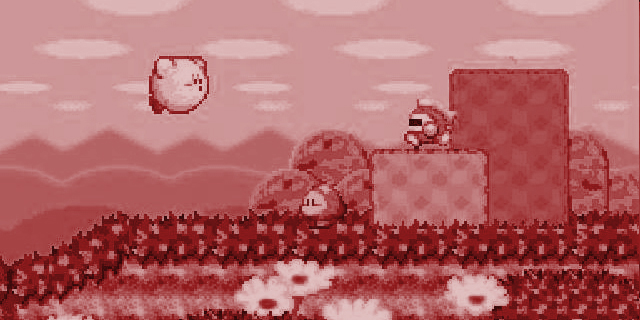
What’s the peak of the Kirby series?
 Eric: Easily it’s Kirby Super Star for me. While I do have a soft spot for Dream Land 3 returning and adding more animals from Dream Land 2 and having an awesome art direction to boot, there’s always something about Super Star that makes me want to play it over and over again. That Kirby had a couple of mini-adventures within the game was a nice bonus, but I think it was probably the wide variety of powers Kirby could get that set it in stone for me. A lot of the powers were ones we never got to see in games later in the series (long live Yo-Yo, Plasma and Suplex!). Without this entry, I don’t think we would’ve seen Kirby’s powers evolve as they have.
Eric: Easily it’s Kirby Super Star for me. While I do have a soft spot for Dream Land 3 returning and adding more animals from Dream Land 2 and having an awesome art direction to boot, there’s always something about Super Star that makes me want to play it over and over again. That Kirby had a couple of mini-adventures within the game was a nice bonus, but I think it was probably the wide variety of powers Kirby could get that set it in stone for me. A lot of the powers were ones we never got to see in games later in the series (long live Yo-Yo, Plasma and Suplex!). Without this entry, I don’t think we would’ve seen Kirby’s powers evolve as they have.
 Chris: It has to be Kirby 64. The game’s power-up combination system provides hours of enjoyment, just messing with all the different possibilities and changing up your strategy to match each new ability. Adding that to some remarkably creative uses of 3D visuals in both level and boss design, as well as as greater emphasis on exploration, and you have one of the finest 2D platformers of the era.
Chris: It has to be Kirby 64. The game’s power-up combination system provides hours of enjoyment, just messing with all the different possibilities and changing up your strategy to match each new ability. Adding that to some remarkably creative uses of 3D visuals in both level and boss design, as well as as greater emphasis on exploration, and you have one of the finest 2D platformers of the era.
 Graham: This is a tough one! It gets a lot easier when I remind myself of the premise: despite being amazing, Kirby’s Epic Yarn can’t really be the peak of a series to which it doesn’t stay very close. What does, then? A game that’s just as crazy, just as manic, just as straight-up fun as the series has ever been: Kirby Super Star. It has minigames. It has weirdness. It has co-op. Specifically, though? Kirby Super Star Ultra. There’s just more game in that game.
Graham: This is a tough one! It gets a lot easier when I remind myself of the premise: despite being amazing, Kirby’s Epic Yarn can’t really be the peak of a series to which it doesn’t stay very close. What does, then? A game that’s just as crazy, just as manic, just as straight-up fun as the series has ever been: Kirby Super Star. It has minigames. It has weirdness. It has co-op. Specifically, though? Kirby Super Star Ultra. There’s just more game in that game.
 Lucas: I can get a lot out of almost any Kirby game (except for maybe Dream Land 2), but nothing will ever usurp Kirby’s Dream Land 3 in my eyes as not only the best Kirby game, but one of the best action side-scrollers ever. Personality erupted from every facet of the game, from the cast of characters to the aesthetic and music, all the way down to the little stories each level told as you tried to figure out how to help those in need. The mechanics were tight, the challenge was fair and the variety of powers was awesome. Dream Land 3 also houses one of if not the most unsettling “creepy secret Kirby bosses” in the series.
Lucas: I can get a lot out of almost any Kirby game (except for maybe Dream Land 2), but nothing will ever usurp Kirby’s Dream Land 3 in my eyes as not only the best Kirby game, but one of the best action side-scrollers ever. Personality erupted from every facet of the game, from the cast of characters to the aesthetic and music, all the way down to the little stories each level told as you tried to figure out how to help those in need. The mechanics were tight, the challenge was fair and the variety of powers was awesome. Dream Land 3 also houses one of if not the most unsettling “creepy secret Kirby bosses” in the series.
In our next installment, we’ll look into Hideo Kojima’s ambitious, bombastic Metal Gear franchise.



